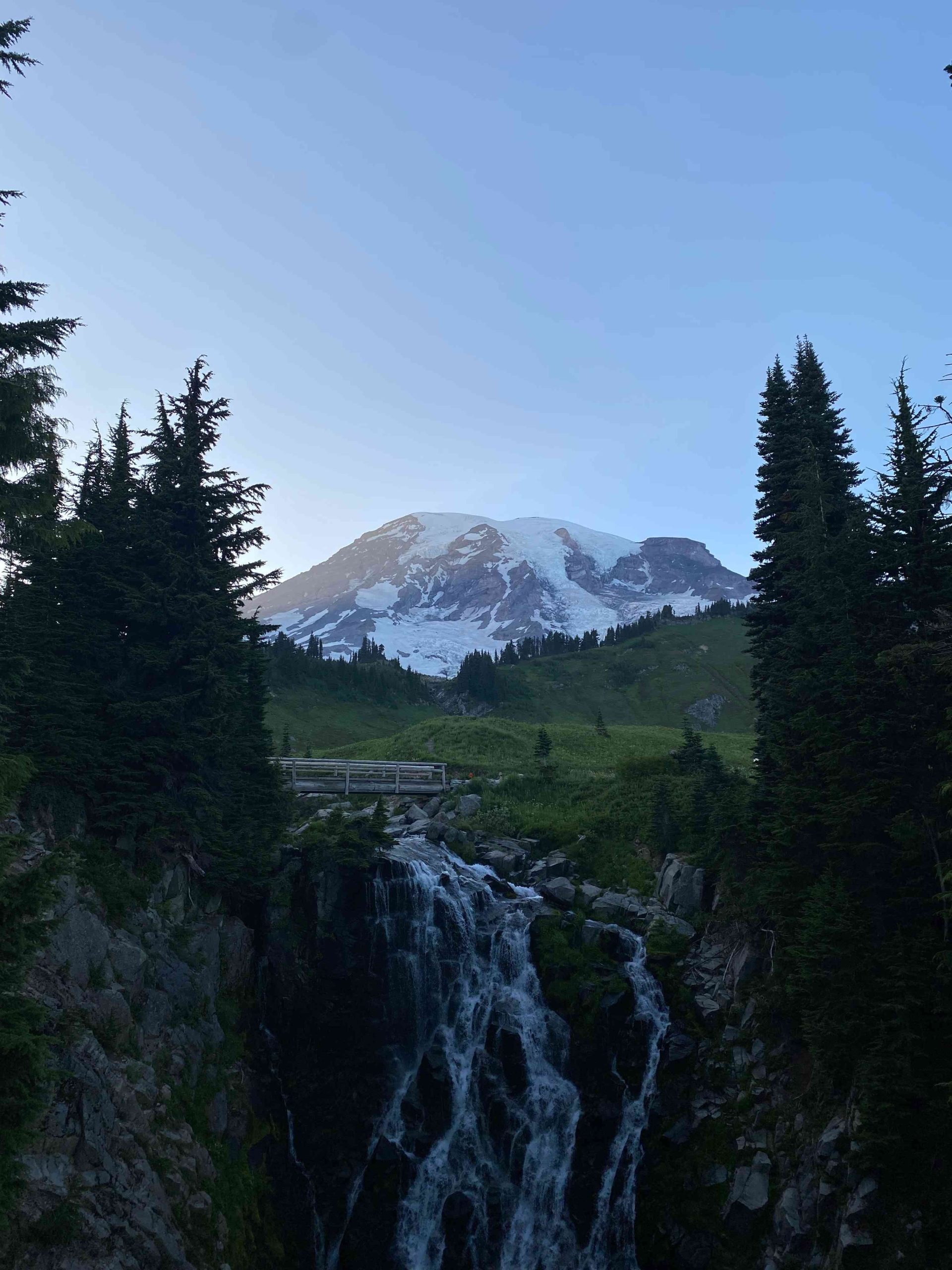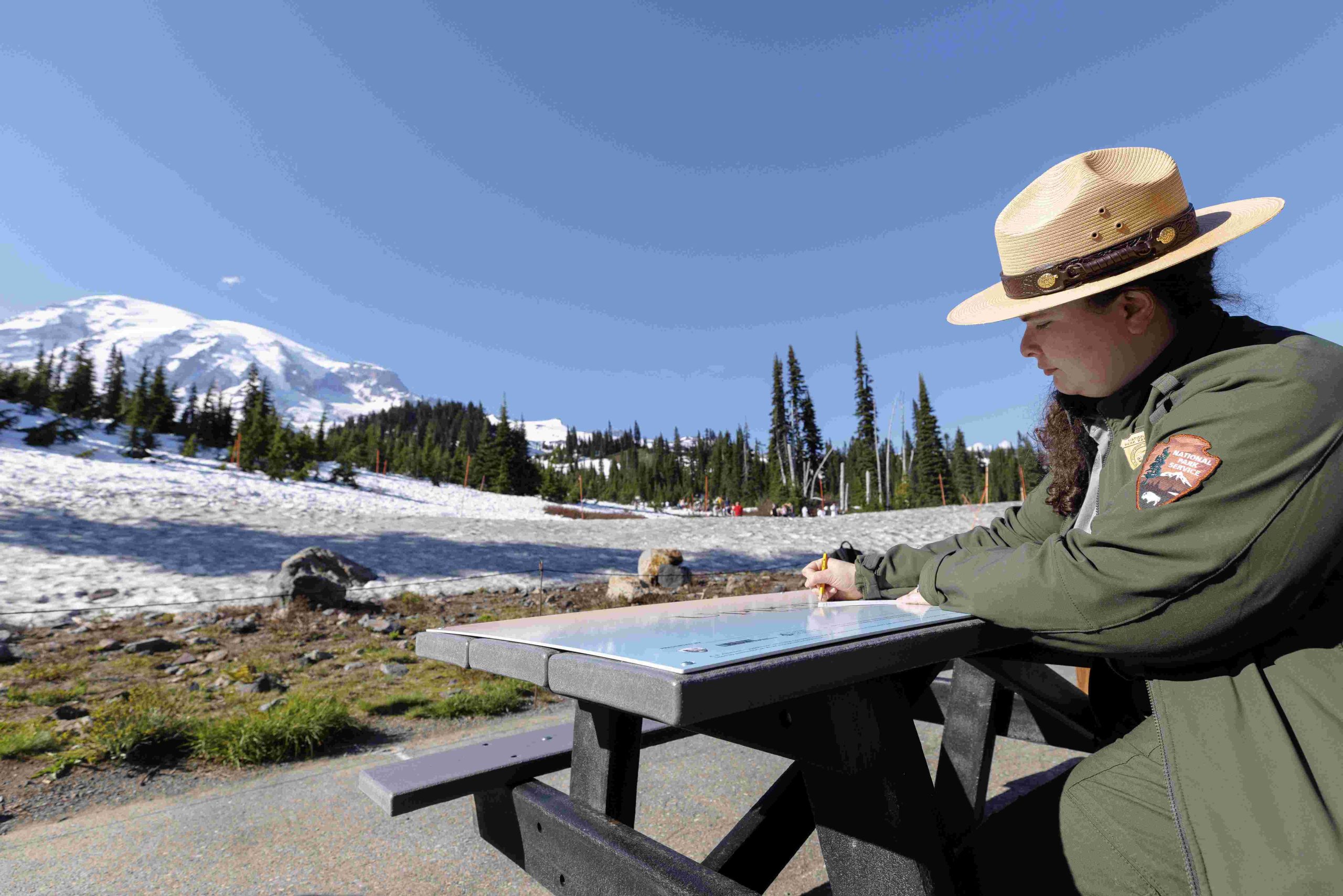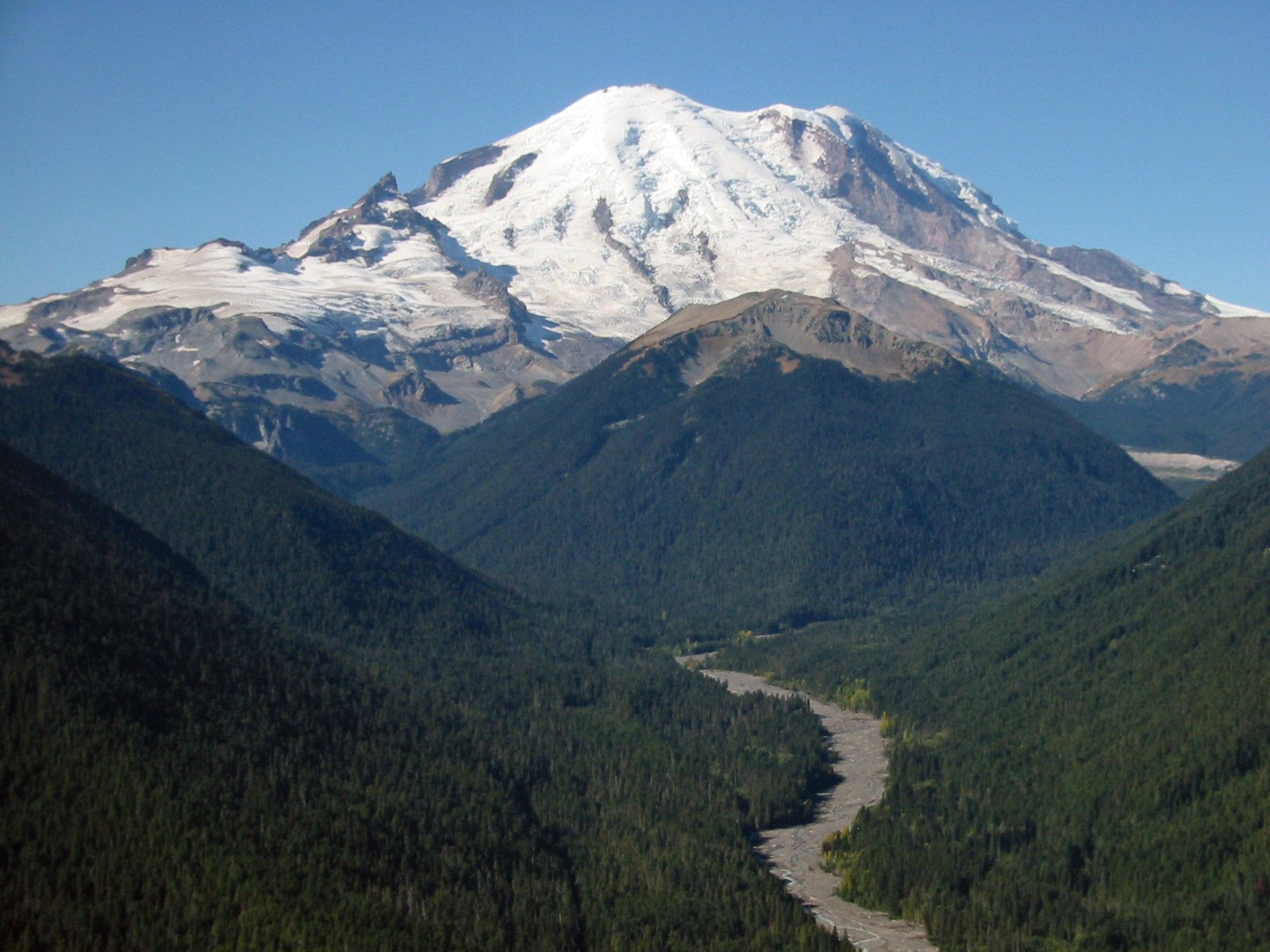Mount Rainier, the iconic stratovolcano in Washington State, received its name from Captain George Vancouver on May 8, 1792. Vancouver named the mountain after his friend, Rear Admiral Peter Rainier of the British Royal Navy. However, the mountain’s naming history is complex, involving indigenous names, early explorer designations, and official decisions by geographic naming authorities. This article explores the fascinating journey of how Mount Rainier got its name and the various names it held throughout history.
What Were the Indigenous Names for Mount Rainier?

Before European explorers arrived, Mount Rainier was known by several indigenous names:
- Lushootseed speakers:
- xʷaq̓ʷ (meaning “sky wiper” or “one who touches the sky”)
-
təqʷubəʔ (meaning “snow-covered mountain”)
-
Cowlitz speakers:
-
təx̣ʷúma or təqʷúmen
-
Sahaptin speakers:
- Borrowed the Cowlitz name
These names reflect the deep connection indigenous peoples had with the mountain, often describing its physical characteristics or spiritual significance.
How Did Captain George Vancouver Name Mount Rainier?

The naming of Mount Rainier by Captain George Vancouver occurred during his exploration of the Pacific Northwest:
- May 7, 1792: Vancouver’s crew made the first documented European sighting of the mountain.
- May 8, 1792: Vancouver officially named the mountain “Mount Rainier” in honor of his friend, Rear Admiral Peter Rainier.
Vancouver’s decision to name the mountain after a British naval officer was typical of European explorers of the time, who often named geographic features after prominent figures or patrons.
What Other Names Were Used for Mount Rainier?
Throughout its history, Mount Rainier has been known by various names:
| Time Period | Name | Origin |
|---|---|---|
| Pre-European Contact | xʷaq̓ʷ, təqʷubəʔ, təx̣ʷúma, təqʷúmen | Indigenous languages |
| 1792 | Mount Rainier | Captain George Vancouver |
| 1804-1806 | Mt. Regniere | Lewis and Clark expedition |
| 1862 | Tacoma | Theodore Winthrop’s travel book |
| Late 19th Century | Mount Rainier / Mount Tacoma | Used interchangeably |
When Was the Name “Mount Rainier” Officially Adopted?
The official adoption of the name “Mount Rainier” involved several key events:
- 1890: The United States Board on Geographic Names declared “Mount Rainier” as the official name.
- 1897: The Pacific Forest Reserve was renamed the Mount Rainier Forest Reserve.
- 1899: Mount Rainier National Park was established, further cementing the name.
Despite these official decisions, there were still efforts to change the name:
- 1924: A movement to rename the mountain “Mount Tacoma” gained traction but ultimately failed.
Why Were There Attempts to Change the Name?
The attempts to change Mount Rainier’s name were driven by several factors:
- Indigenous recognition: Some advocated for using an indigenous name to honor the original inhabitants of the area.
- Local preference: The name “Tacoma” gained popularity among local residents and businesses.
- Historical accuracy: Arguments were made that indigenous names predated Vancouver’s designation and should take precedence.
How Has the Naming Controversy Affected Mount Rainier’s Legacy?
The naming controversy surrounding Mount Rainier has had lasting effects:
- Cultural awareness: It has raised awareness about indigenous history and naming practices.
- Ongoing discussions: Debates continue about the appropriateness of colonial names for natural landmarks.
- Dual recognition: While “Mount Rainier” remains the official name, many acknowledge and use indigenous names as well.
What Lessons Can We Learn from Mount Rainier’s Naming History?
The naming history of Mount Rainier offers several important lessons:
- Cultural sensitivity: The importance of recognizing and respecting indigenous names and histories.
- Historical context: Understanding the role of exploration and colonization in naming practices.
- Evolving perspectives: Recognizing that place names can be subject to change as societal values evolve.
- Official processes: The role of government bodies in standardizing geographic names.
How Does Mount Rainier’s Naming Compare to Other Landmarks?
Mount Rainier’s naming history is not unique. Many landmarks in North America have similar stories:
- Denali (formerly Mount McKinley): In 2015, the highest peak in North America was officially renamed to its indigenous Koyukon name.
- Uluru (formerly Ayers Rock): This Australian landmark now officially recognizes both its indigenous and colonial names.
- Harney Peak to Black Elk Peak: In 2016, this highest point in South Dakota was renamed to honor the Lakota spiritual leader Black Elk.
These examples demonstrate a growing trend towards recognizing indigenous names and histories in geographic naming practices.
Mount Rainier’s naming journey reflects the complex interplay of indigenous history, European exploration, and evolving cultural perspectives. While it retains its official name honoring Rear Admiral Peter Rainier, the mountain’s rich naming history continues to be acknowledged and discussed, serving as a reminder of the layers of human interaction with this majestic natural landmark.

